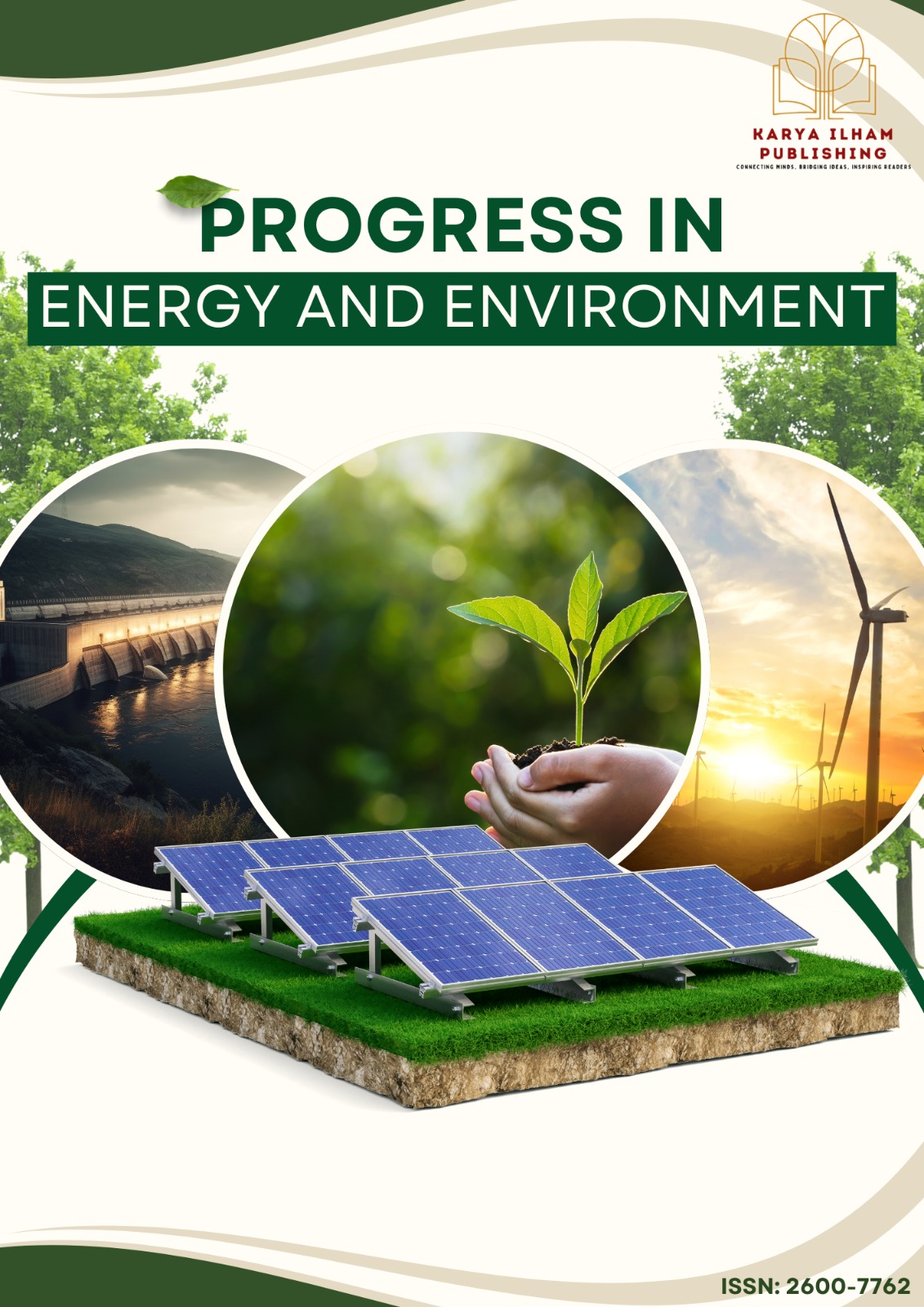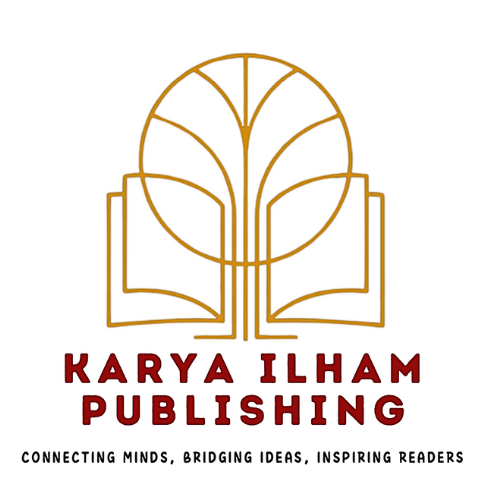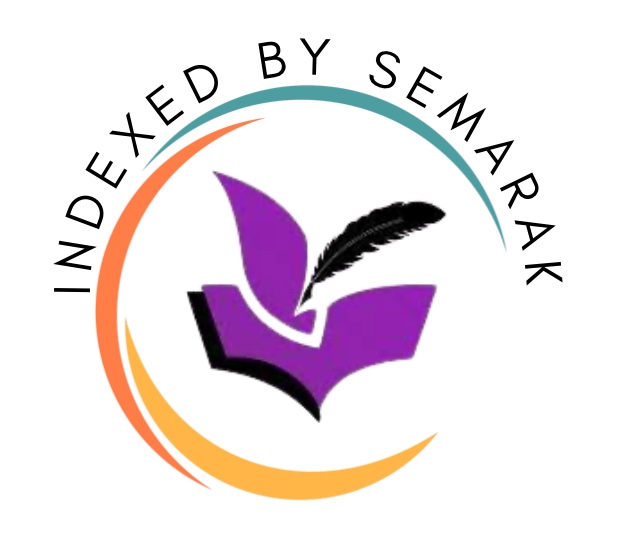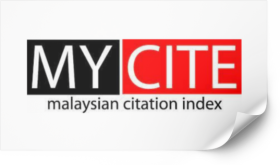Identifying Key Characteristics of Digital Twin Technology in Green Building Implementation
DOI:
https://doi.org/10.37934/progee.31.1.3242Abstract
Due to the boosting demand for sustainable development, the construction industry has shift towards the incorporation of green building practices which are aimed at reducing the effects of climate change. Yet, there is a research gap in which advanced application of digital technologies like Digital Twin (DT) technology has not been fully explored in the integration with green building. This study fills this gap by providing a systematic literature review and identifying the characteristics of DT technology within the green building industry with regards to the construction industry in Malaysia. The research, which adopts an inductive research methodology, gathers data from semi-structured interviews with the industry experts in Malaysia. The study shows that DT technology improves green building performance due to the integration of advanced tools, real time monitoring and management, bi-directional interaction and feedback and creation of digital twin. High fidelity modeling technologies enhance collaboration and communication, performance simulation and optimization, and predictive analysis and error minimization. Simulation base models include comprehensive lifecycle management and sustainable outcomes and user satisfactions. The findings suggest that DT technology plays a crucial role in the effective and efficient management of resources, energy conservation, and the overall efficiency of buildings. Such insights will prove useful to the construction industry stakeholders who will be able to learn about the possibilities that can be unlocked by the DT technology to foster the green building practices as well as support the sustainable development goals.
References
[1] O. Yussuf, Exploring Opportunities and Successes: Navigating Self-Initiated Expatriates in the USA, Global Journal of Management and Business Research. 23 (2023) 19-31. https://doi.org/10.34257/GJMBRAVOL23IS10PG19
[2] K.M. Kaczorek, Analysis of Small Building Plots in Areas with High Density of Building, Archives of Civil Engineering. LXII(2) (2016) 45-57. https://doi.org/J0.1515/ace-2015-0064
[3] W.G.B. Council, Green Building Council South Africa - World Green Building Council, 2023.
[4] E. Ojo-Fafore, C. Aigbavboa, and P. Remaru, Benefits of Green Buildings, in: Proceedings of the International Conference on Industrial Engineering and Operations Management, 2018, pp. 2289-2297.
[5] B. Yang, Z. Lv, and F. Wang, Digital Twins for Intelligent Green Buildings, Buildings. 12(6) (2022) 856. https://doi.org/10.3390/buildings12060856
[6] D.G.J. Opoku, S. Perera, R. Osei-Kyei, and M. Rashidi, Digital Twin Application in the Construction Industry: A Literature Review, Journal of Building Engineering. 40 (2021) 102726. https://doi.org/10.1016/j.jobe.2021.102726
[7] M. Liu, S. Fang, H. Dong, and C. Xu, Review of Digital Twin about Concepts, Technologies, and Industrial Applications, Journal of Manufacturing Systems. 58 (2021) 346-361. https://doi.org/10.1016/j.jmsy.2020.06.017
[8] Y. He, J. Guo, X. Zheng, From Surveillance to Digital Twin: Challenges and Recent Advances of Signal Processing for Industrial Internet of Things, IEEE Signal Processing Magazine. 35 (2018) 120-129.
[9] R. Ala-Laurinaho, Sensor Data Transmission from a Physical Twin to a Digital Twin, Master Dissertation, Aalto University, 2019.
[10] A. Angrish, B. Starly, Y.-S. Lee, P.H. Cohen, E.P. Fitts, A Flexible Data Schema and System Architecture for the Virtualization of Manufacturing Machines (VMM), Journal of Manufacturing Systems. 45 (2017) 236-247. https://doi.org/10.1016/j.jmsy.2017.10.003
[11] C. Boje, S. Kubicki, A. Guerriero, Y. Rezgui, and A. Zarli, Digital Twins for the Built Environment, Buildings and Semantics, 2022, pp. 179-199.
[12] A.A. Akanmu, C.J. Anumba, and O.O. Ogunseiju, Towards Next Generation Cyber-Physical Systems and Digital Twins for Construction, ITcon Vol. 26, Special issue Next Generation ICT - How distant is ubiquitous computing?, pp. 505-525. https://doi.org/10.36680/j.itcon.2021.027
[13] A. Bolton, The Gemini Principles, Centre for Digital Built Britain, 2018.
[14] Q. Qi, F. Tao, Y. Zuo, and D. Zhao, Digital Twin Service towards Smart Manufacturing, Procedia CIRP. 72 (2018) 237-242. https://doi.org/10.1016/j.procir.2018.03.103
[15] D. Jones, C. Snider, A. Nassehi, J. Yon, and B. Hicks, Characterising the Digital Twin: A Systematic Literature Review, CIRP Journal of Manufacturing Science and Technology. 29 (2020) 36-52. https://doi.org/10.1016/j.cirpj.2020.02.002
[16] E. Negri, L. Fumagalli, C. Cimino, and M. Macchi, FMU-Supported Simulation for CPS Digital Twin, Procedia Manufacturing. 28 (2019) 201-206. https://doi.org/10.1016/j.promfg.2018.12.033
[17] P. Aivaliotis, K. Georgoulias, Z. Arkouli, and S. Makris, Methodology for Enabling Digital Twin using Advanced Physics-Based Modelling in Predictive Maintenance, Procedia CIRP. 81 (2019) 417-422. https://doi.org/10.1016/j.procir.2019.03.072
[18] A.K. Ghosh, A.M.M.S. Ullah, and A. Kubo, Model-Based Digital Twin Construction for Futuristic Manufacturing Systems, Artificial Intelligence for Engineering Design, Analysis and Manufacturing. 33 (2019) 317-331. https://doi.org/10.1017/S089006041900012X
[19] W. Sun, Z. Ding, X. Xu, and K. Cui, Internationalization and Firm Default Risk: The Roles of Environmental Dynamism and Marketing Capability, Journal of Business Research. 121 (2020) 142-153. https://doi.org/10.1016/j.jbusres.2020.08.027
[20] Y. Lu, and X. Xu, Resource Virtualization: A Core Technology for Developing Cyber-Physical Production Systems, Journal of Manufacturing Systems. 47 (2018) 128-140. https://doi.org/10.1016/j.jmsy.2018.05.003
[21] Y. Liu, S. van Nederveen, and M. Hertogh, Understanding Effects of BIM on Collaborative Design And Construction: An Empirical Study in China, International Journal of Project Management 35 (2017) 686-698. https://doi.org/10.1016/j.ijproman.2016.06.007
[22] Q. Qi, and F. Tao, Digital Twin and Big Data Towards Smart Manufacturing and Industry 4.0: 360 Degree Comparison, IEEE Access 6 (2018) 3585-3593. https://doi.org/10.1109/ACCESS.2018.2793265
[23] G.N. Schroeder, C. Steinmetz, C.E. Pereira, and D.B. Espindola, Digital Twin Data Modeling with AutomationML and a Communication Methodology for Data Exchange, IFAC-PapersOnLine. 49 (2016) 12-17. https://doi.org/10.1016/j.ifacol.2016.11.115
[24] B.A. Talkhestani, N. Jazdi, W. Schloegl, and M. Weyrich, Consistency Check to Synchronize the Digital Twin of Manufacturing Automation based on Anchor Points, Procedia CIRP. 72 (2018) 159-164. https://doi.org/10.1016/j.procir.2018.03.166
[25] Y. Tan, W. Yang, K. Yoshida, and S. Takakuwa, Application of IoT-Aided Simulation to Manufacturing Systems in Cyber-Physical System, Machines 7 (2019).
[26] S. Boschert, and R. Rosen, Digital Twin—The Simulation Aspect, in: Mechatronic Futures: Challenges and Solutions for Mechatronic Systems and Their Designers, Springer, Cham, 2016, pp. 59-74. https://doi.org/10.1007/978-3-319-32156-1_5
[27] E.J. Tuegel, A.R. Ingraffea, T.G. Eason, and S.M. Spottswood, Reengineering Aircraft Structural Life Prediction using a Digital Twin, International Journal of Aerospace Engineering 2011 (2011) 154798-154798. https://doi.org/10.1155/2011/154798
[28] S. Goundar, Chapter 3 - Research Methodology and Research Method, in: Cloud Computing, 2012.
[29] J. Sutton, Z. Austin, Qualitative Research: Data Collection, Analysis, and Management, The Canadian Journal of Hospital Pharmacy. 68(3) (2015) 226-231. https://doi.org/10.4212/cjhp.v68i3.1456
[30] O.M. Mugenda, and A.G. Mugenda, Research Methods, Quantitative and Qualitative Analysis, Nairobi, Kenya: African Centre for Technology Studies Press 4 (2003) 1-2.
[31] T.J. Khoo, M.W. Mohd Shafiei, C.Y. Ha, and R. Ismail, Green Site Management Practices in the Malaysian Construction Sites, International Journal of Management Studies 31 (2024) 605-630. https://doi.org/10.32890/ijms2024.31.2.8
[32] K. Terh Jing, Y. Ha Chin, S. Mohd Wira Mohd, and I. Radzi, Impacts of Green Site Management Practices on Energy and Water Consumption Efficiency in the Malaysian Construction Industry, International Journal of Management Studies 31 (2024) 61-88. https://doi.org/10.32890/ijms2024.31.1.3
[33] D.J. Benos, E. Bashari, J.M. Chaves, A. Gaggar, N. Kapoor, M. LaFrance, R. Mans, D. Mayhew, S. McGowan, A. Polter, Y. Qadri, S. Sarfare, K. Schultz, R. Splittgerber, J. Stephenson, C. Tower, R.G. Walton, A. Zotov, The Ups and Downs of Peer Review, American Journal of Physiology - Advances in Physiology Education 31 (2007) 145-152. https://doi.org/10.1152/advan.00104.2006
[34] S. Kvale, Learning the Craft of Interviewing, 2017, pp. 24-27.
[35] C.N.P. W. Creswell, Qualitative Inquiry and Research Design: Choosing Among Five Approaches, Sage Publication, California, 2017.
[36] M. Shahzad, M.T. Shafiq, D. Douglas, M. Kassem, Digital Twins in Built Environments: An Investigation of the Characteristics, Applications, and Challenges, Buildings 12 (2022).
[37] M. Dietz, B. Putz, G. Pernul, A distributed ledger approach to digital twin secure data sharing, Lecture Notes in Computer Science (including subseries Lecture Notes in Artificial Intelligence and Lecture Notes in Bioinformatics) 11559 LNCS (2019) 281-300. https://doi.org/10.3390/buildings12020120
[38] A. Panarello, N. Tapas, G. Merlino, F. Longo, and A. Puliafito, Blockchain and IoT Integration: A Systematic Survey, Sensors 18 (2018). https://doi.org/10.3390/s18082575
[39] P. Cureton, Digital twin ambitions: How to catch up with the future, 2019. Retrieved from: https://www.pbctoday.co.uk/news/digital-construction-news/digital-twin-ambitions/58129/
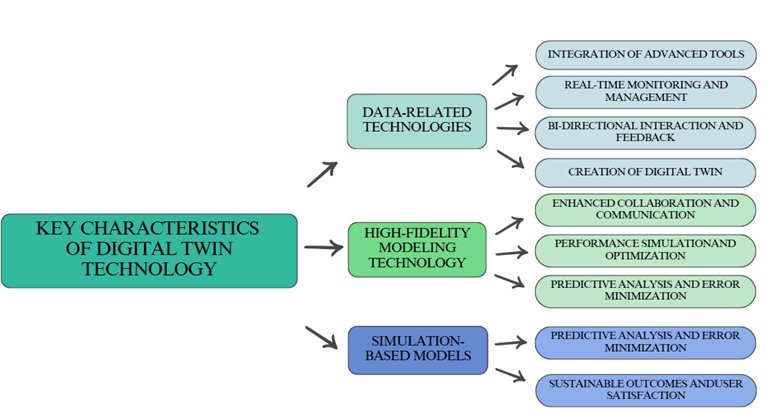
Downloads
Published
Issue
Section
License
Copyright (c) 2025 Progress in Energy and Environment

This work is licensed under a Creative Commons Attribution-NonCommercial 4.0 International License.




